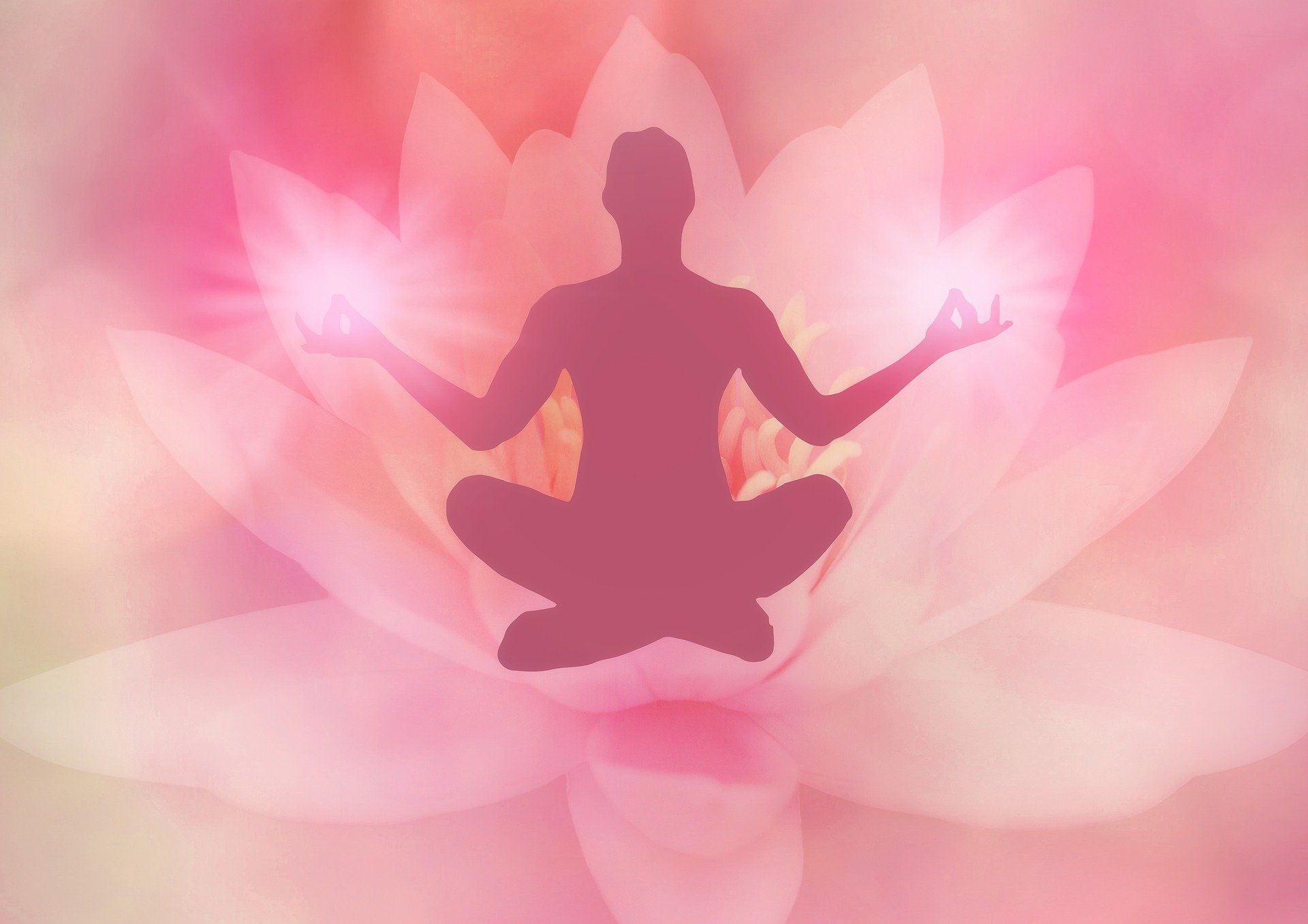
In classical Indian tradition, the experience of absolute bliss and ecstasy is referred to as ‘ānanda.’ It is characterized by a state of unwavering happiness and positive emotions. One of the important qualities of the human is to enjoy and experience happiness; thus, she is called as ‘ānandayitā’ (Maitrī Upaniṣad – 6.7). The Indian thought subscribes to the notion that humans have the ability and the resources to bring about the necessary transformation to realize the absolute truth of being, which leads to the state of ultimate bliss. ‘Ānandam: The Center for Happiness’ aims at facilitating this transformation through systematic interventions, practices, and research at the Indian Institute of Management – Jammu.
The transformation essential for attaining the ultimate happiness occurs at various levels of human existence. In Indian tradition, human existence is accepted to be in the integral form of five sheaths or kośa. The outermost sheath is called the ‘annamaya koṣa,’ the sheath of material existence. The next layer is the sheath of vitality, which is called as prāṇamaya kośa. The sheath of emotion and ratiocination are called as ‘manomaya kośa’ and ‘vijñānamaya kośa.’ The innermost layer is the sheath of bliss, known as ‘ānandamaya kośa.’
The purpose of ‘Ānandam: The Center for Happiness’ is to bring holistic well-being based on the notion of ‘pañca kośa.’ Regular physical exercise or asanas can bring wellness at the physical level (annamaya koṣa). Breathing exercises like prāṇāyāma and mindfulness helps in enhancing vitality (prāṇamaya kośa). Meditation (dhyāna) and contemplation (nididhyāsana) over the nature and purpose of life brings tranquility at the emotional and cognitive level (manomaya & vijñānamaya). When four sheaths are harmonized, one experiences a profound state of relaxation and bliss (ānanda). It also expands the circle of consciousness, resulting in self-transcendence, compassion, a sense of inclusion, and responsibility towards others.


